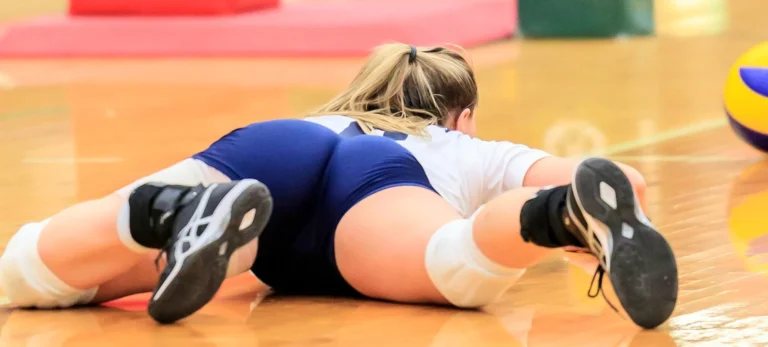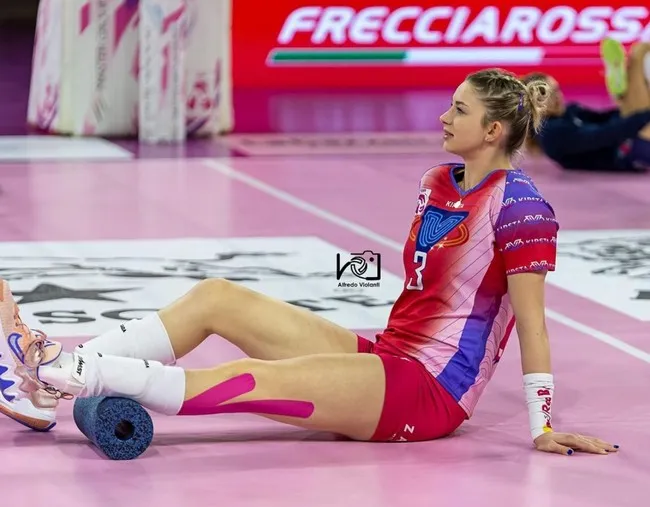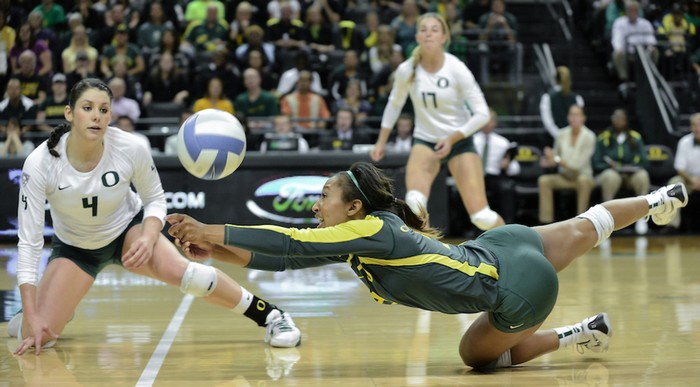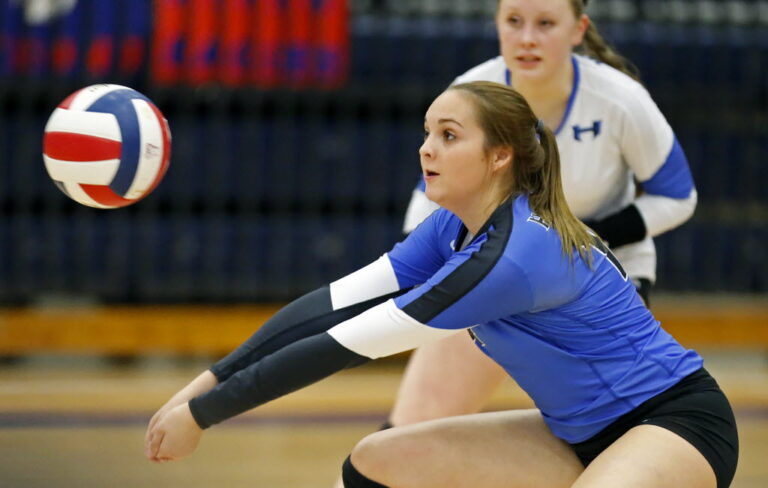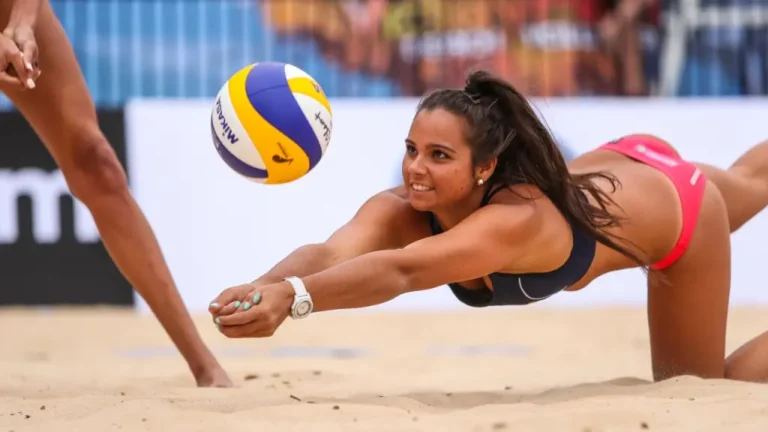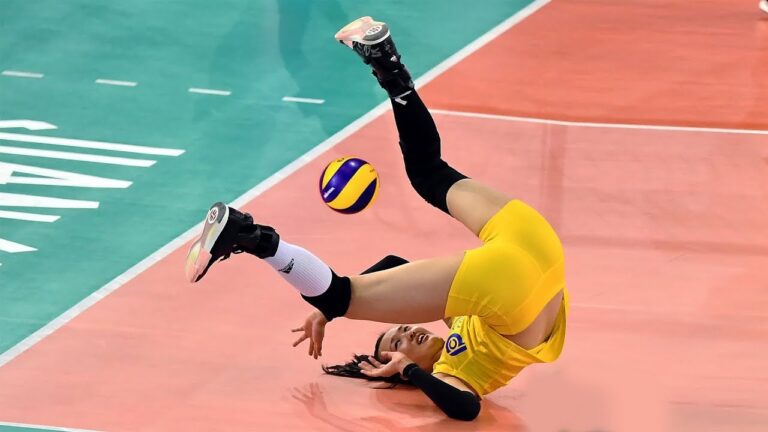Is Volleyball Mostly for Girls?
Volleyball is a popular sport enjoyed by people of all ages and genders around the world. However, there is a common misconception that volleyball is mostly a sport for girls. This article aims to address this stereotype and provide answers to frequently asked questions (FAQs) about women’s volleyball, shedding light on the sport’s inclusivity and significance beyond gender biases.
Is Volleyball Mostly for Girls?
No, volleyball is not mostly for girls. While it’s true that volleyball has a strong following among female athletes, it is not limited to any one gender. Volleyball is a highly inclusive sport with a rich history and tradition in both men’s and women’s categories. It is played at various levels, from recreational to professional, by individuals of all genders. Volleyball is about skill, teamwork, and athleticism, and its appeal transcends gender boundaries.

Frequently Asked Questions (FAQs) about Women’s Volleyball
How many periods are there in women’s volleyball?
Women’s volleyball, like men’s volleyball, is typically played in a best-of-five sets format. Each set is considered a period, and the first team to win three sets (periods) wins the match. In each set, the teams play to 25 points (with the exception of the fifth set, which is played to 15 points), and they must win by at least two points.
See also: What is the hardest position in girls volleyball?
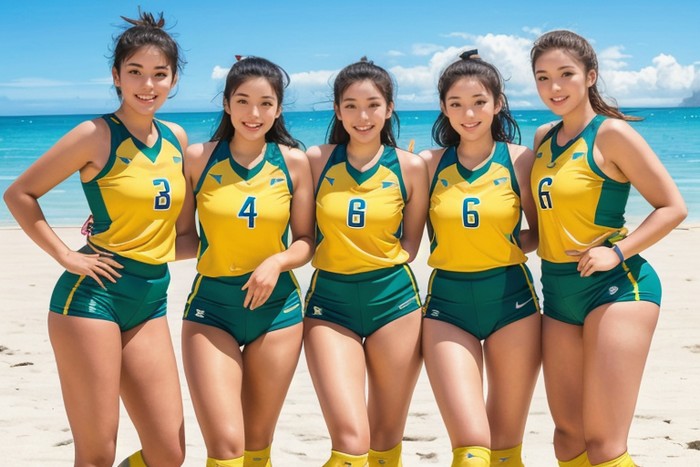
How many girls start in volleyball?
In women’s volleyball, each team typically starts with six players on the court at the beginning of each set. These six players are usually divided into three front-row players and three back-row players. The positions and rotations of these players are critical to the team’s strategy and success during the match.
See also: Why Volleyball Girls Have Thick Legs

What is the basic rule of volleyball?
The basic rule of volleyball is to score points by sending the ball over the net into the opponent’s court and preventing the opponent from returning it. The ball must clear the net and land within the boundary lines of the opponent’s court. Teams can score points when the ball hits the ground on the opponent’s side, when the opponent makes an error, or when the opponent fails to return the ball within three touches.
Each team is allowed a maximum of three touches to return the ball (bump, set, and spike) before it must be sent back over the net.
See also: The Best Position for Short Girls in Volleyball

What is position 3 in volleyball?
In volleyball, position 3 typically refers to the middle front position on the court. It is often occupied by a middle blocker or a strong hitter. The player in position 3 is responsible for both blocking and attacking. They must be quick, agile, and have strong net presence to block the opponent’s attacks effectively. In the rotation, players move through different positions, and position 3 is one of the key positions that players rotate through during the game.
See also: Why are volleyball girls so tall?

What are volleyball basic skills?
Volleyball requires a set of fundamental skills that players must master to be successful. These basic skills include:
- Serving: The act of sending the ball over the net to initiate play.
- Passing: Accurately receiving and controlling the opponent’s serve or attack.
- Setting: Positioning the ball for an attacker to spike.
- Attacking: Hitting the ball with force and accuracy to score points.
- Blocking: Defending against the opponent’s attacks by jumping to block or alter the trajectory of the ball.
- Digging: Saving the ball from hitting the ground by making a controlled defensive play.
- Serving Receive: Receiving the serve and initiating the team’s offensive play.
- Rotations: Moving around the court in a specific pattern to ensure fair play and equal distribution of positions among teammates.
These basic skills are essential for players in women’s volleyball, and mastering them is crucial for success at all levels of the sport.

Is women’s volleyball as popular as men’s volleyball?
While men’s and women’s volleyball may receive different levels of media coverage and funding, the popularity of women’s volleyball is undeniable. Women’s volleyball has a significant following, with numerous fans and a strong presence in international competitions such as the FIVB Volleyball World Championships and the Olympic Games.
Many countries have successful women’s volleyball teams, and female athletes continue to inspire others with their achievements on the court.
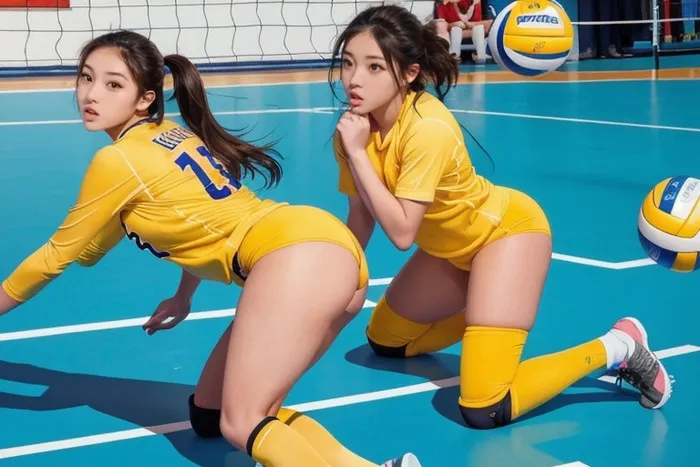
How is women’s volleyball different from men’s volleyball?
The primary differences between women’s and men’s volleyball are related to the net height, ball weight, and court size. In the international standards, the net height for men’s volleyball is set at 7 feet 11 5/8 inches (2.43 meters), while it is 7 feet 4 1/4 inches (2.24 meters) for women. The ball used in women’s volleyball is typically slightly lighter than the men’s ball, and the court dimensions are the same.
These adjustments accommodate the physiological differences between male and female athletes, allowing for an exciting and competitive game in both categories.

Are women’s volleyball players as skilled and athletic as men?
Absolutely. Women’s volleyball players are highly skilled, athletic, and competitive. They train rigorously, just like their male counterparts, to achieve their peak performance. The agility, strength, and tactical awareness required to excel in volleyball are not gender-specific attributes. Women’s volleyball showcases the same level of skill, athleticism, and teamwork as men’s volleyball.

What are some notable achievements in women’s volleyball?
Women’s volleyball has a rich history of achievements, both at the national and international levels. Some notable accomplishments include:
- The dominance of teams like the United States, China, Brazil, and Russia in international competitions.
- The legendary players such as Gabrielle Reece, Karch Kiraly, Zhu Ting, and Lang Ping, who have made significant contributions to the sport.
- The exciting rivalry between national teams in the Olympic Games and World Championships, with thrilling matches that captivate fans worldwide.

What can be done to promote women’s volleyball further?
To promote women’s volleyball, it is essential to:
- Encourage equal opportunities for girls and women to access and participate in the sport.
- Advocate for increased media coverage and financial support for women’s volleyball, both at the professional and grassroots levels.
- Celebrate the accomplishments of female volleyball players, coaches, and officials to inspire the next generation.
- Foster a supportive and inclusive environment within the volleyball community, free from gender biases.



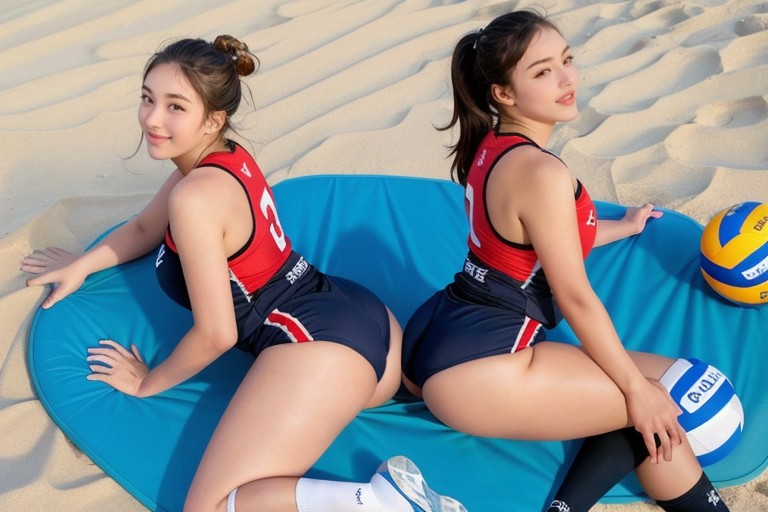
Conclusion
Volleyball is a sport with universal appeal, not limited by gender. Women’s volleyball has a strong and dedicated following, showcasing high levels of skill, athleticism, and competition. It is crucial to break free from stereotypes and misconceptions about sports based on gender and support women’s volleyball as an integral part of the global sports landscape.
By recognizing the achievements of female athletes and promoting inclusivity, we can continue to celebrate the excellence and importance of women’s volleyball on a global scale.
